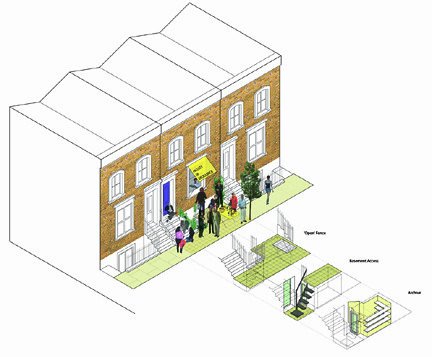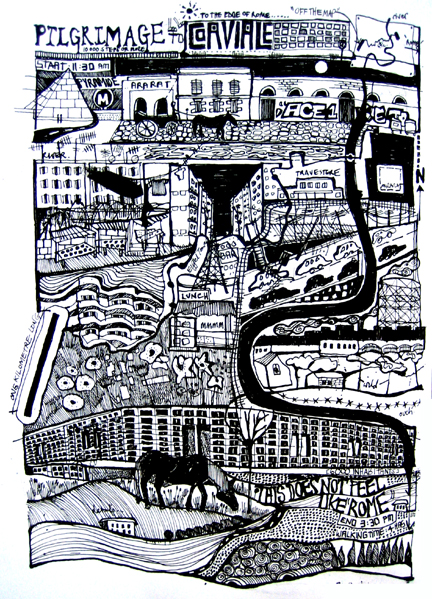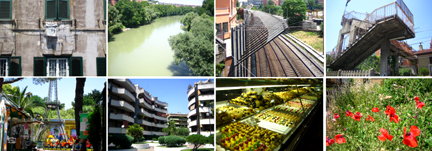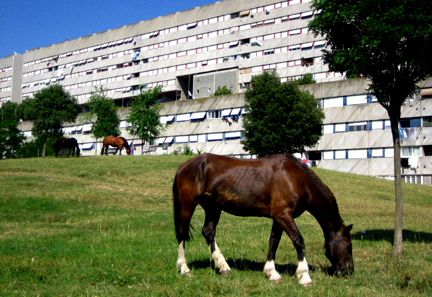A Fortnight in London Town
Tuesday, July 18, 2006..….family….friends….unusually good weather…new shoes….see Robie’s blog, General Rinse, for more details of our cultural adventures. For the first time ever I explored the whole Barbican Centre complex (which feels more Future City than the Future City exhibit we went to there).
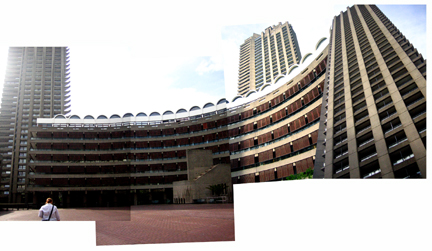

Robie, Jennifer Bonner, a fellow Rural Studio alumni, and I gave a talk as part of Architecture for Humanity’s lecture series and the London Architecture Biennale….about our projects in Alabama. Somehow the organisers managed to assemble an audience of sixty soccer-indifferents (due to a clash with the England vs Sweden match). We thought it would be a breeze but it turns out the art of negotiating three speakers, three perspectives and three projects is not as straightforward as we first assumed. Presenting our projects made me reflect again on the two lives of the Rural Studio, its actual local effects and then its part in architectural discourse, which is always a selective representation tuned to satisfy the particular appetite of an audience.
In the second week I looked up Public Works, an art/architecture practice whom Hana, the source of most of my contacts this year, has always spoken highly of. The partners are one artist and three architects and their practice name reflects their interest in public space: how it is constructed physically, but also in the social structures that both define and sustain it, issues to do with maintenance, surveillance, exchange and connections to broader local networks. I was struck by two aspects of their practice in particular. Firstly how working as an artist and architecture organisation means they bring not only a wider range of perspectives and working methods to a project, they also have access to more funding opportunities. Most of their projects are supported by public art grants, though they make no distinction between their individual roles within the practice.
I got much out of spending a few days with them, but in particular learning about their ‘on-site’ working strategies. Their engagement with the site of a project is a continuous process of exchange with users rather than a single, abstract interpretation of it. In projects such as the Mobile Porch or Granville Cube they set up a structure on site so that conversations with, and suggestions from, local residents can unfold naturally over time, rather than in the more forced setting of a formal ‘consultation’ meeting. ‘Participation’ is thus not so much about who gets a say in what the form of a building should be but rather about the earlier negotiation of the content of a brief.
See details of their quirky Park Products project here, where they worked with gallery attendants, gardeners, park users and product design students to make a series of products available in exchange for helping with the park maintenance (eg. the ‘chompost bar’, a bar of compressed compost for people to take home who helped pick up leaves). I worked on a small project looking at how you could create an event space in front of a typical Victorian terraced house on a residential street in East London. The project is for a couple who are starting up a creative consultancy in their own home and who want to explore the possibilities of the ‘live/work’ concept.
